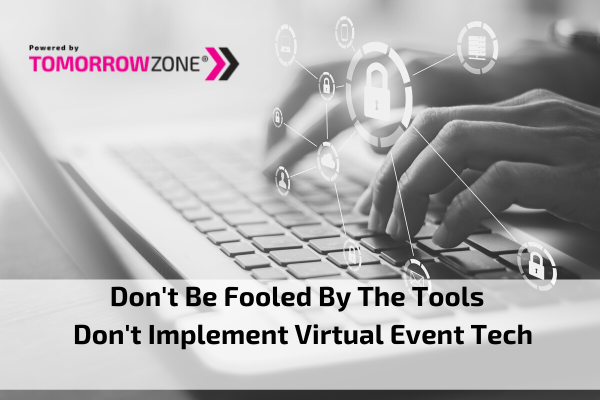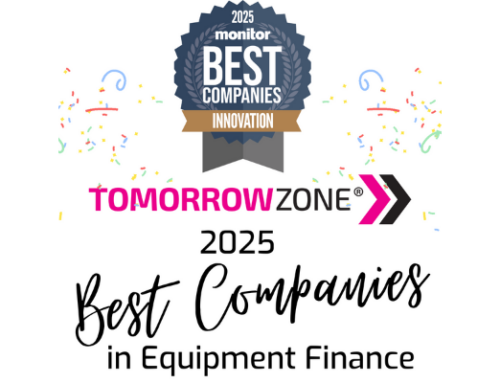
When you think about digital events, it’s always best to think about technology last. First, tune in to the desired outcome or the experience you want to deliver. Break down who your audience is and what value you want to bring them.
Designing the experience you want for your participants and then working your way backward can help you identify the right digital tools to make it happen.
Keep it Simple
Zoom is my personal favorite since 2017. I love how it just works, and it’s simple to use and not a very large learning curve for people to adopt for meetings of all sizes. When I’m facilitating and working with virtual teams, I try to keep the tech as simple as possible. Two essential digital tools:
- A way to communicate in real-time like Zoom.
- A mechanism for going visual as fast as possible.
The simplest way to go visual is by sharing a simple text editor or notepad. I use Microsoft OneNote for many of my projects. Regardless of tools, the main objective is to make sure everyone is on the same page. It’s hard to stay on the same page when you don’t all see the same page. For creative problem solving, I prefer tools that enable co-creating at the same time.
Find What You Need Easily
A quick web search will reveal endless options for digital collaboration. The key is knowing the capability needed for each circumstance. Search for “digital whiteboards” when you need tools to help you brainstorm, co-create maps and processes as a virtual team. When you need to facilitate a brainstorming session and capture ideas in a non-linear fashion, search for mind mapping tools.
In my client work, I have found digital whiteboards to be invaluable. It enables replacing the power of in-person sticky-note sessions in a self-documenting digital war room that grows and changes as our ideas evolve. The key to using these tools is strong facilitation and planning so that the team member’s onboarding experience is seamless. It is essential to incorporate learning the app into the workshop as comfortably and quickly as possible.
Strategic Planning and Onboarding
While it only takes seconds to show workshop participants how to write on a sticky note and stick it on the wall in the real-world. Contrast that with the virtual world, and you need a different digital-first strategy. In the virtual world, plan for a warm-up exercise that helps the team get used to using the tool while making progress on your goals. As an example, my workshop designs include this as the introductory exercise. Everyone learns how to use the new platform at the same time they are engaging and sharing. We often have everyone speaking and collaborating in the digital tool within the first 20 minutes. The trick is to help them learn by tying the new tools’ concepts back to what they already know, making the learning curve much shorter. In one of my workshops, a client exclaimed with surprise, “Wow, this is the first time we have seen this software, and we already know how to use it before we realized it.”
Work Backward and Change it Up
Whether you need to simulate the creativity of sticky note brainstorming sessions or a mind-map or want to draw on a whiteboard, there’s a wide variety of tools that you can access for this.
The key is to always think about the session purpose and the attendee experience. Strategize to bring your audience from A to Z, think about Z first, and then work backward to determine tech and methods. Please don’t get stuck in the same tools and techniques; change it up. Now more than ever, we need variety.
Keep it simple:
- Think about the outcomes and customer experience to deliver
- Strategize the methods to optimize the experience
- Select the technology tools
You can save time by keeping up with technology and trends in the virtual event space. I’m continually experimenting and exploring and keeping tabs on what’s new and what’s possible so that I can continue to deliver value for clients. Because I am aware of the technical possibilities, it is easy to focus on the customer first and know that I will find the technology to make it happen. The tech is usually the easiest part. Creating a valuable virtual event experience is more than just adding technology. Creating a strategy for a great experience to achieve your desired outcomes is the most crucial step to avoid being fooled by tools.





